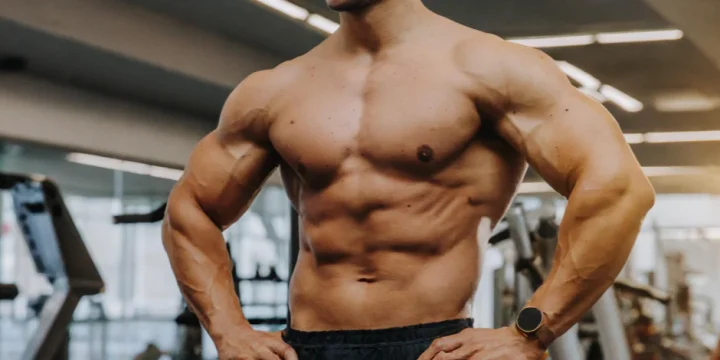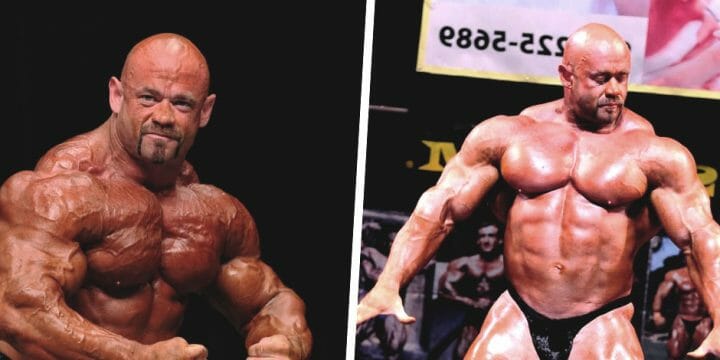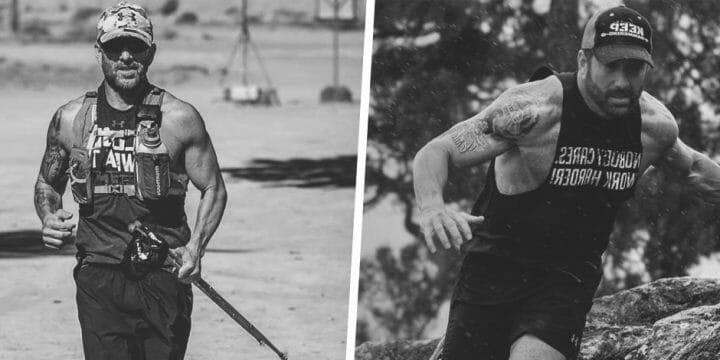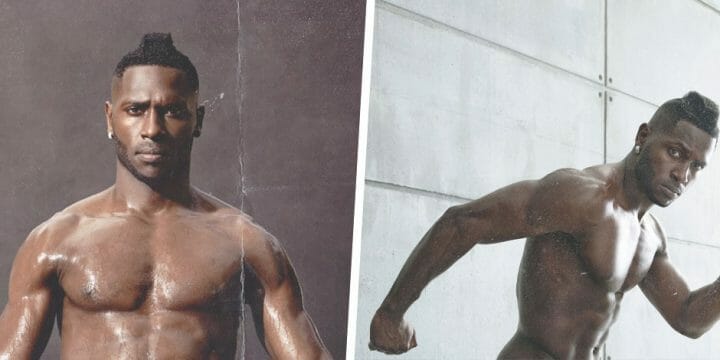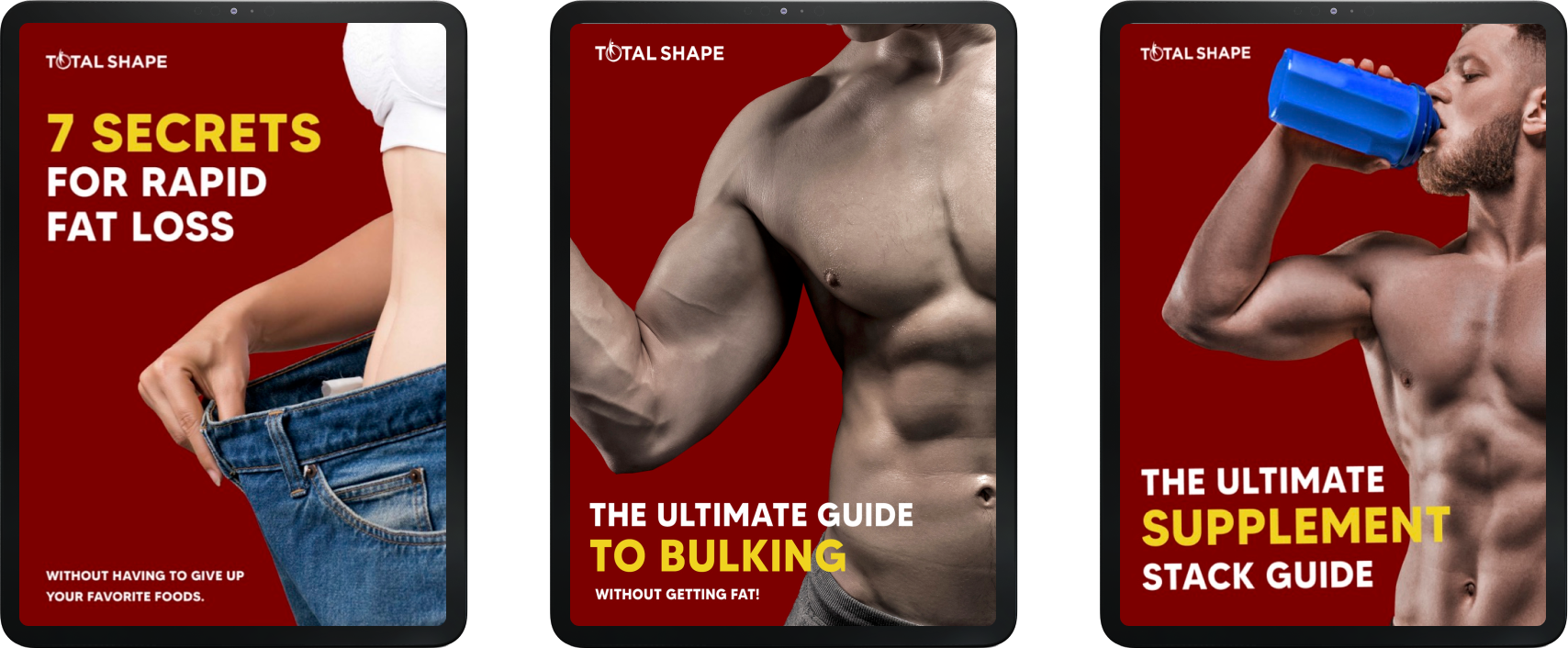It’s rare that you see a 24-year-old kid who has achieved as much as Jeff Seid. Not only does he have a killer body, but he has managed to come up with detailed diet plans for bodybuilders to better implement carb cycles.
He’s also done extremely well in the Mr. Olympia Men's Physique competition, founded a sportswear company, and he’s published a book.
Fortunately, he’s been very generous with information on social media.
As a team of personal trainers, we spent a day researching his training advice and diet approach.
Jeff Seid’s Stats
- Age: 24 years old
- Height: 6’4”
- Weight: 210 lbs
- Business: SeidWear Fitness Gear
- From: Renton, WA
- Achievements: 2013/14/16 Mr. Olympia Men's Physique Competitor
His Body Transformation
Believe it or not, but Jeff has mentioned a few times that his muscle-building efforts started as early as 11 years old.
Yes, 11.
By the time he was finishing High School, he was one of the best wrestlers in the country and had several college football scholarship offers.
Unfortunately, his football career was cut short when he damaged his ACL in his senior year in High School, and that’s when he had to rethink his future.
He jumped onto bodybuilding in a more serious way, and by 2013 he took part in competitive events.

His Workout Approach

The secret to the Jeff Seid workout routine is that he never allows it to become static.
That means he’s constantly switching out exercises and what parts of his body he combines on what days. As a personal trainer, I can say from experience that this is an excellent approach to toning and bulking.
He’ll add a random super set on days when he thinks his body can’t take anymore, and he doesn’t leave a single muscle group untouched.
With 5 or 6 trips to the gym each week and an active rest period, he has ultimately been able to achieve a physique that is kind of like no other.
You May Also Like: Guide To Aesthetics Jeff Seid PDF
Jeff Seid’s Workout Routine

The Jeff Seid workout routine involves a minimum of 5 days at the gym, with Saturday being an optional active rest day.
Here’s the breakdown by day.
- Monday: Chest/Abs
- Tuesday: Legs
- Wednesday: Back/Abs
- Thursday: Shoulders
- Friday: Arms
- Saturday: Rest Day
- Sunday: Rest Day
Now let me show you what each workout routine involves.
Monday: Chest & Abs
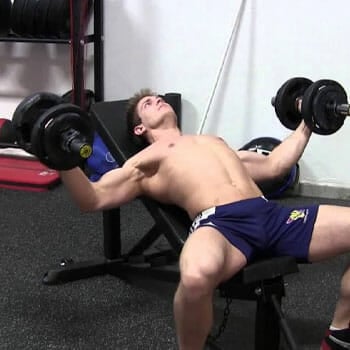
Each set has a lower number of reps, but you still need to feel a serious burn for the last two or three reps. That means you’ll need to increase the weight for each set.
- Barbell incline bench press (4 sets of 10, 8, 8, 6 reps)
- Cable flyes (4 sets of 10, 8, 8, 6 reps)
- Dumbbell bench press (4 sets of 10, 8, 8, 6 reps)z
- Dumbbell incline fly (4 sets of 10, 8, 8, 6 reps)
For the abs:
- Plank (3 sets to failure)
- Bicycle kicks (3 sets to failure)
Tuesday: Legs
The approach here is very much the same as with the chest routines, and you’ll need to have some additional weights ready to add on in between sets.
- Front barbell squat (4 sets of 10, 8, 8, 6 reps)
- Leg press (4 sets of 10, 8, 8, 6 reps)
- Hack squats (4 sets of 10, 8, 8, 6 reps)
- Quad extensions (4 sets of 10, 8, 8, 6 reps)
- Standing calf raises (5 sets of 20, 15, 12, 10, 8 reps)
- Lying leg curls (4 sets of 10, 8, 8, 6 reps)
Wednesday: Back & Abs
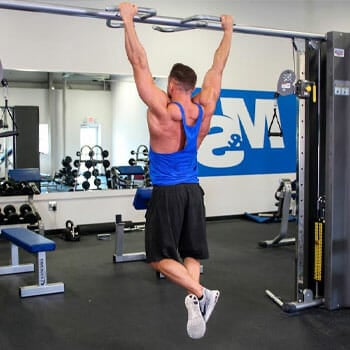
Don’t underestimate your back muscles in this training routine, and make sure you maintain perfect posture throughout.
- Seated cable rows (4 sets of 12, 10, 8, 8 reps)
- Wide grip lat pulldowns (4 sets of 20 reps)
- Barbell deadlift (3 sets of 10, 8, 6 reps)
- Bent over dumbbell row (4 sets of 12, 10, 8, 8 reps)
- Wide-grip pull-ups (4 sets of 20)
For the abs:
- Hanging leg raises (3 sets to failure)
- Crunches (3 sets to failure)
- Scissor kicks (3 sets to failure)
Thursday: Shoulders
From my experience as a personal trainer, I’d suggest going slowly on these ones and maybe even holding the weight for a second or two. It’s a training method that can considerably increase the effectiveness of workouts.
- Dumbbell shoulder press (4 sets of 10, 8, 8, 6 reps)
- Side raise (4 sets of 8-10 reps)
- Front raise (4 sets of 8-10 reps)
- Barbell Shrug (4 sets of 20, 15, 12, 10 reps)
- Dumbbell shrug (3 sets of 12, 10, and 8 reps)
Friday: Arms
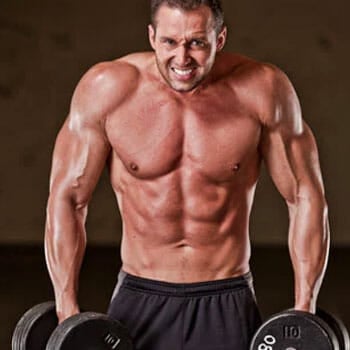
These are the glory muscles you’ll be able to show off the most. Take the opportunity to make these count by going for quality over quantity.
- Dumbbell triceps extension (4 sets of 10-12 reps)
- Incline curls (4 sets of 10-12 reps)
- Barbell curl (4 sets of 12, 10, 8, 6 reps)
- Preacher curl (3 sets of 8-10 reps)
- Triceps rope extensions (4 sets of 12, 10, 8, 8 reps)
- Incline bench skull crushers (4 sets of 10-12 reps)
Satuday & Sunday: Rest
Jeff takes the weekend off.
Resting is one of the most important things when it comes to muscle building. You need to let your body heal and repair the muscle damage.
Jeff's Diet

Jeff Seid is big into carb cycling to manage his body fat, which means he reduces his carb intake over a four-day period. For example, he might start at 200g and then go down to 150g, 100g, and 50g.
Here are some sample meals that would make up his day.
Meal 1:
Meal 2:
Meal 3:
|
Meal 4:
Meal 5:
Meal 6:
|
As you can see, there are very few carbs, which seems to be complimenting his workout routine. His carb cycle [1] would sometimes increase his carb intake, but in most cases, he aims to keep it to below 200g.
“Don’t expect easy, be prepared to give it your all, and you’ll be successful” - Jeff Seid.
What Supplements Does He Take?

Jeff Seid takes supplements like mass gainers, whey protein, and BCAAs.
1. Mass Gainer
When you have to hit a high-calorie count with a very specific macro split, then mass gainers can be the best way to avoid huge piles of food that make you feel sick of eating.
They usually focus on carbs and protein, and getting one to suit your macros should be a high priority. Believe me; a meal replacement shake often beats a large pile of chicken breasts.
2. Whey Protein
Whey protein should be the best way (pun fully intended) to get the full amino acid profile, and most people can tolerate it very well. It tends to absorb faster and speed up exercise recovery times, according to research in the Journal of the International Society of Sports Nutrition [2].
3. BCAAs
This is one of the more important sets of amino acids. And while whey does contain BCAAs, a targeted dose might make a big difference to your exercise routine.
Studies have shown that they may positively impact muscle soreness and fatigue after exercise, which is an important part of physical conditioning [3].
References:
- https://www.webmd.com/diet/carb-cycling-overview
- https://www.ncbi.nlm.nih.gov/pmc/articles/PMC5828430
About The Author
You May Also Like
